Meet The Doctors That Partner with NYC Footy
Doctor Spotlight: Dr. Teo Mendez-Zfass
NYC Footy’s principles have always been grounded in kindness and inclusivity. But today, we’re going to add one more focal point to the list – Health! Sports should be fun and bring people together, but with any high-impact activity, the risk of injury is always present. The good news is that most sports injuries will heal with rest and a good handful of ice.
To ensure our players stay at the top of their game, we’re sponsored by NY Orthopedics, which has its own team of 10 specialized physicians, led by Stephen J. Nicholas, MD.
One of their experienced, sports medicine fellowship trained physicians is Dr. Teo Mendez-Zfass, who has over 15 years of experience and has treated athletes from the New York Jets, New York Islanders, Manhattanville College, Hunter College, and more.
We were able to sit down with Dr. Mendez to discuss his career in sports medicine and some of the ways athletes can prevent common injuries.
NY Ortho & NYC Footy: A Winning Team
Hi Dr. Mendez, so word on the street is you played for NYC Footy?
I did, I did. I played probably for four or five seasons. I was on the Jock Docs. I played midfield and defense.
Did you grow up playing soccer?
I did. I played soccer, whether through school or through a rec team. You know, all through high school, college and medical school. Up until a few years ago.
What made you want to pursue medicine?
I had been interested in medicine and science from an early age. My father and both grandfathers were physicians as well as my two uncles, so conversations around health and science surrounded our dinner table. My grandfather gave me a kid’s book with really awful 1970s pictures on the human body for my 6th birthday… I couldn’t read it well then, but it impacted me.
Why did you choose to go into sports medicine?
You know, going through training I really gravitated to orthopedics because it's a direct function of the human body and a subspecialty of orthopedic sports medicine. It spoke to me because it involves working with athletes or really anybody who wants to optimize their performance. And, you know, I take a very broad view of sports medicine as helping people continue doing the things that they want to do, whether that's playing recreational pickleball or being an elite athlete.
Identifying Most Common Injuries
Of your primary specialties, in which area do you see the most injuries?
Injury patterns are really sports-specific. For example, baseball players or any throwing athlete are going to have shoulder or elbow injuries primarily. Somebody in a striking sport like jiu-jitsu can get knee injuries and sometimes elbow injuries if they're put in a certain type of hold. Soccer players might dislocate their shoulder but the most common things we see are hamstring injuries, ankle sprains, and knee injuries. So, it really just depends on the sport or activity that somebody is doing.
How does an athlete know when they should get an injury professionally checked vs rest and ice at home?
Red flags such as not being able to put weight on an extremity. That's a pretty good indicator that you should go see a professional. If the pain isn't relieved by a few minutes of RICE (rest, ice, compression, and elevation) that should probably clue you off to seek some type of help, whether that's an urgent care center or an orthopedic specialist, depending on your access to them.
What is the key difference when determining if an injury will have to be operative vs non-operative?
It really isn’t one key difference. The art of sports medicine and surgery is selecting the right treatment for the right patients. Many times, that can be nonsurgical, but if symptoms persist despite nonsurgical management, surgery may be necessary. That being said, there are some things in this field that we tend to be more aggressive about treating surgically.
What are the 3 most common injuries you see related to soccer?
The three we see most are ACL or meniscus tears around the knee, ankle sprains probably being the most common, and then Achilles and hamstring injuries.
Prevention is Key
What are some things athletes can do to reduce their risk of injury?
A healthy diet and maintaining flexibility. Also, injury prevention workouts, which really work to target any strength imbalances.
Is there anything athletes can do to support and protect their body against some of the more common soccer injuries?
Absolutely. We'll start with a hamstring. So, there are certain exercises you can do. Things like eccentric exercises which are active lengthening exercises. Stability and proper reception work on the ankle can help prevent sprains. And again, eccentrics, which involves controlled lowering of yourself for the Achilles to help prevent strains or ruptures. Finally, there are protocols that have been developed to help people prevent ACL injuries. There's some controversy on how well they work, but I think there is some data demonstrating the efficacy in certain sorts of muscle-balancing protocols.
Have there been any breakthroughs recently related to recovery for ACL, ankle, and hamstring injuries?
Yeah, absolutely. So, you know with ACL reconstruction, I think the biggest thing over the past maybe 10 years is the type of graft that we use. There have been enhancements that have demonstrated real benefits to people, like using a quadriceps graft over hamstrings. So, there are two different types of tissue we take from a patient's body to reconstruct their ACL and there's been sort of an explosion using the quadriceps which is a very good graft for a lot of people especially the 20- to 30-year-old weekend warrior soccer player or skier.
There are also some different techniques we use in terms of fixating the graft. These are a little technical, but we can augment a graft with a strong suture, and there's some evidence that may lower re-rupture rates. It hasn't really caught on across the board, but the use of ortho biologics, which are basically taking cells and cell signaling molecules and hormones from a patient and injecting them to get them to help accelerate healing. It’s exciting and it's going to be an area of rapid development and growth in the next 10 years.
And then, you know, like we talked about rehab. Physical therapists have demonstrated a lot of protocols, especially for hamstring injuries, that can really help prevent recurrent injuries. Things like Nordic curls and Lankan state eccentric exercises can really reduce the risk of recurrence in injuries to the hamstring.
So, any final words you’d like to share?
I think Tarek Pertew has done a great job with NYC Footy. It's really expanded, and I think it's a great opportunity for people just to be active and play. Play is so important for life and happiness. Instead of just going to an exercise class or going to the gym, soccer is a really nice thing that people can do to stay healthy and active.


